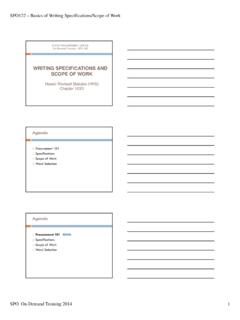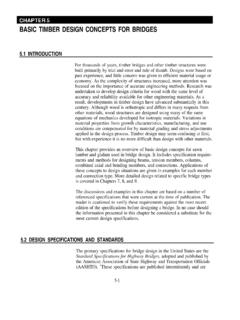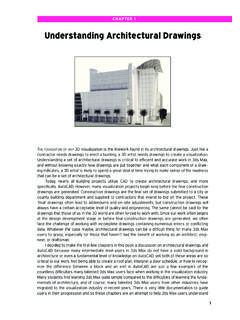Transcription of Appendix E Commercial and Industrial Grade …
1 Appendix E Commercial and IndustrialGradeVersion A Real Property Assessment GuidelinePage 3 understanding the Concept ofConstruction QualityConstruction quality is a central concept in the approaches used to value Commercial andindustrial improvements. The quality of the material and workmanship used in constructingan improvement, together with its design elements, will influence its cost quality, and the resultant quality Grade assigned, is a composite describes the cumulative effects of workmanship, the costliness of materials, and theindividuality of design used in constructing an improvement. Although the constructionquality of individual components of an improvement may vary, the overall construction qualitytends to be consistent for the entire quality can easily be observed in an inspection of the property.
2 Good qualityworkmanship is evidenced by plumb vertical surfaces, level horizontal surfaces, properlylocated and installed mechanical systems, and an overall pride in quality is also easily observable during an inspection of the property. Primaryindicators of material quality are type and spacing of framing members, type and Grade ofinterior and exterior finishing materials, type and Grade of plumbing and electrical fixtures,and type and Grade of mechanical is also an indicator of quality of construction . Although most Commercial andindustrial structures are designed primarily for utility and not for looks, in some occupancies( office buildings) the importance of appearance and amenities is equal to the importanceof pure utility. The fenestration and ornamentation plus the overall layout and design of thebuilding should be considered in determining quality costs given in this manual are for improvements that demonstrate a construction qualitythat is typical of the majority of improvements that will be Quality GradesFor each of the types of Commercial and Industrial improvements, a model has been definedto summarize the elements of construction quality that are typical of the majority of that typeimprovement.
3 This typical model has been assigned a C quality Grade . Thecharacteristics of these typical models can be thought of as construction specifications foran improvement that was built with average quality materials and workmanship and hasaverage design B Grade model and an A Grade model have been defined to summarize the elements ofimprovements that use higher quality, hence more costly, building materials andworkmanship than the typical model. A D Grade model and an E Grade model have beendefined to summarize the elements of improvements that use lower quality, hence lowercost, building materials and workmanship than the typical modelWhen considering quality Grade , keep in mind that the grades are relative rankings of thecost of the materials, workmanship, and design used in construction .
4 Quality Grade does notindicate an improvement is inferior or superior to an improvement assigned a different Appendix describes the construction elements for each quality Grade for each type ofcommercial and Industrial improvement. It also provides pictures and descriptions of actualimprovements to illustrate the various quality and Industrial Grade Appendix EPage 4 Version A Real Property Assessment GuidelineUnderstanding Quality Grade FactorsThe replacement cost of an improvement is calculated by taking the base price of theimprovement, adjusting it for various construction elements that add or deduct value, andthen multiplying this adjusted cost by a percentage based on the improvement s Grade .
5 Thispercentage, known as a Quality Grade Factor, adjusts the costs in this manual for variationsin construction quality Grade factor for an improvement assigned a C Grade is 100% since these werethe quality grades assigned the models used to develop the costs published in this other words, a C quality Grade has no affect on the costs taken from this manual. Thequality Grade factors for the other quality grades reflect an increase in costs above thosecosts given in the tables of this manual for quality grades higher than the typical and adecrease in costs for quality grades lower than the typical, as shown in Table E-1. Quality Grade FactorsQualityGradeQualityGrade FactorA160%B120%C100%D80%E40% Appendix E Commercial and IndustrialGradeVersion A Real Property Assessment GuidelinePage 5 Assigning Quality GradesWhen trying to determine Grade , the assessor compares the materials and workmanshipused in the subject structure to the construction specifications given in the gradeclassification tables and the pictures of graded structures.
6 The assessor should emphasizethe quality of materials and workmanship used in the construction of the structure whenconducting this analysis and place less reliance on the pictures of graded structures. Theassessor selects the Grade that the subject structure most closely resembles. Mostcommercial and Industrial structures fall between the D and B Grade classifications,clustering heavily around the C Grade , some structures may have construction characteristics that fall into more than onegrade classification. To assign a Grade to these properties that deviate, the assessor mustweigh the components that deviate from the Grade selected for the subject property todetermine whether an intermediate Grade level is appropriate. The assessor should steeraway from using intermediate grades if at all possible.
7 Most structures will be designed andconstructed using materials and workmanship that are typical for a specific Grade without theneed to assign intermediate grades. Thus, the assessor must use careful judgment whenassigning the Grade for a :The assessor has determined that the primary Grade for acommercial bank is C . However, the bank has marble floors throughout thelobby and public areas that account for 50% of the total floor area. Since the C Grade model allows for floor finishes of 75% carpet and 25% terrazzo, theassessor decides to assign this structure an intermediate Grade , higher than the C base Grade , but lower than B .Assigning Intermediate QualityGradesSome improvements may have construction characteristics that deviate from the basequality Grade specifications.
8 To assign a quality Grade to these structures, the assessormust weigh the components that deviate from the base quality Grade selected for the subjectto determine whether an intermediate quality Grade , or an entirely higher or lower full qualitygrade, is appropriate. The assessor should steer away from using intermediate qualitygrades if at all possible. Most improvements will be designed and constructed usingmaterials, workmanship, and design that are typical for the base quality Grade assigned tothe subject without the need to assign intermediate quality grades. Thus, the assessormust use careful judgment when assigning any quality Grade that varies from the basequality following guidelines apply when assigning an intermediate quality grades:n + 2 indicates a quality Grade that falls halfway between two full quality grades(AA, A, B, C, D, E).
9 The quality Grade factor for this intermediate quality gradeis halfway between the percentages for the two full quality grades immediatelyabove and below it. For example, a quality Grade of C + 2 indicates that the overall constructionquality is halfway between C and B . It would have a quality Grade factor of110% meaning the assessor has determined that the construction quality of theCommercial and Industrial Grade Appendix EPage 6 Version A Real Property Assessment Guidelineimprovement has caused its cost new to be 10% higher than those given in thecost schedules in this + 1 indicates a quality Grade slightly higher than the full quality gradeimmediately below it. The quality Grade factor for this intermediate qualitygrade is one quarter of the interval between the percentages for the two fullquality grades immediately above and below it.
10 For example, a Grade of C + 1 indicates that the overall construction quality isone quarter of the way between C and B . It would have a quality gradefactor of 105% (one quarter of the way between 100% and 120%). This meansthe assessor has determined that the construction quality of the improvementhas caused its cost new to be 5% higher than those costs given in theschedules in this 1 indicates a quality Grade slightly lower than the full quality gradeimmediately above it. The quality Grade factor for this intermediate quality gradeis one quarter of the interval between the percentages for the two full qualitygrades immediately above and below example, a Grade of C - 1 indicates that the overall construction quality isone quarter of the way between C and D.

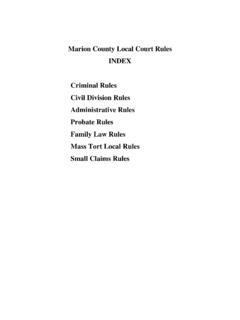

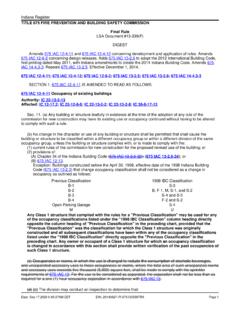


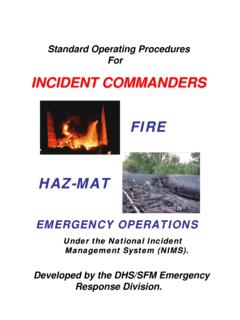

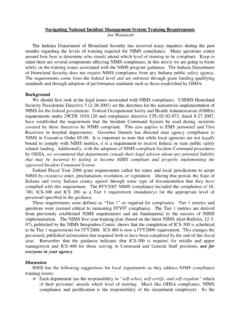


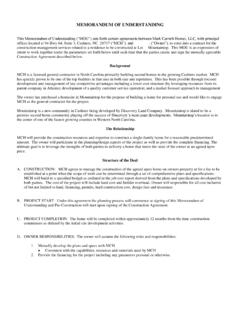
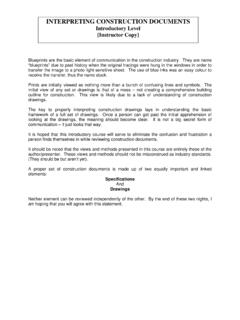
![Welcome [www.fefpa.org]](/cache/preview/0/a/5/c/1/8/d/8/thumb-0a5c18d86c60b70ba93ed11342457031.jpg)


